As I am right now very much into reading everything I can about Class 40 boats and collecting my first experiences of sailing these fast racing yachts, like the Pogo 40 I am also open to other classes, as it is the case with the Open 60. Or the so-called IMOCA. These 60 feet thoroughbred racing yachts are around since the early Nineties and participate in the very big races like Route du Rhum, Fastnet or the Vendee Globe.
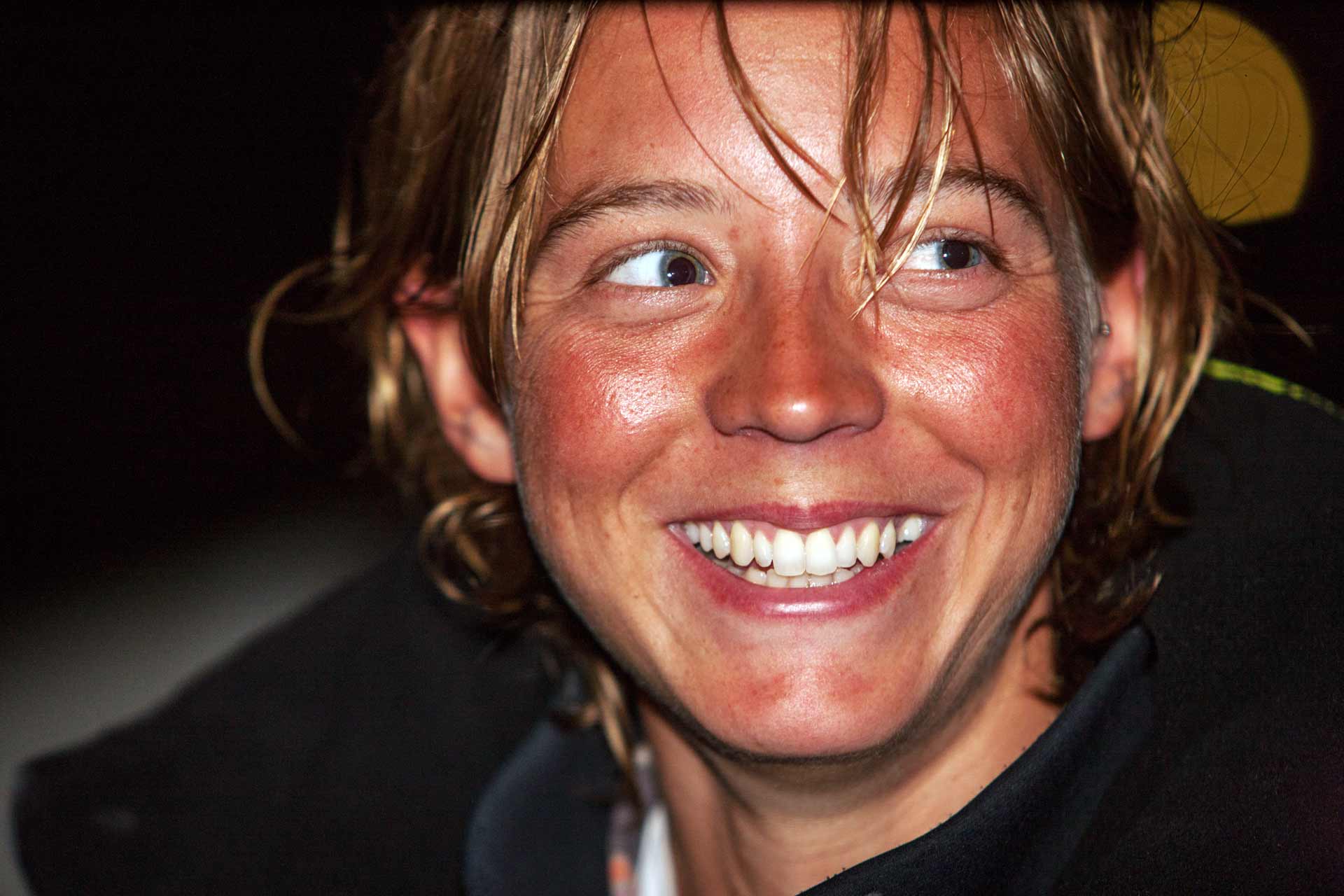
I am happy of having had the chance to talk to pro-skipper Lizzy Foreman again as she was having her first fast-paced miles aboard an IMOCA 60. What was it like to control a sailing bolide like this and what is the main character of an Open 60 yacht – maybe in comparison to the Classe Mini 650 in which Lizzy used to race up until now (here´s an interview with Lizzy on her MiniTransat 2015)
Fascination Open 60 Racing
NO FRILLS SAILING.com: “Lizzy, nice to have you answering my questions again. Thanks in advance. I´ve noticed you tweeting around from the cockpit of an IMOCA 60: What was your jaunt aboard an IMOCA 60 racing yacht all about? Just training or serious ambitions to change Classe Mini for the bigger boats?”
Lizzy Foreman: ”This season I am training onboard the IMOCA 60 Artemis Ocean Racing, having been selected as a squad member for the project Vendee 2020 Vision – a new initiative that Whitecap has created with the support of Artemis Investment Management, to help further develop the careers of British solo ocean racers.”

NFS.com: “… so that´s kind of a sponsored support program. Nice. So that´s training one-on-one on the IMOCA?”
Lizzy: “Yes, indeed. The opportunity to sail onboard the boat is a very special one; which takes me closer to my dream of one day racing such a machine solo around the world. I first have been racing the boat on the Royal Ocean Racing circuit as part of a crew of five. That´s getting to know the boat and learn the essential stuff before switching to single hand-mode. Later in the season I will spend three days sailing the boat solo. There will be two coaches onboard and I guess that will enable me to get to grips with IMOCA 60 sailing.”
Hard Work controlling an Open 60
NFS.com: “What did you expect prior boarding what sailing an IMOCA 60 would be like?”
Lizzy: “Well, of course, I was a bit nervous at first. You see, I knowing quite perfectly how exciting sailing a 6.50 meter Mini can get. I knew I was in at the deep end heading out in +20 knots on a 60 foot carbon racing machine. That´s pushing adrenalin down the veins, believe me.”
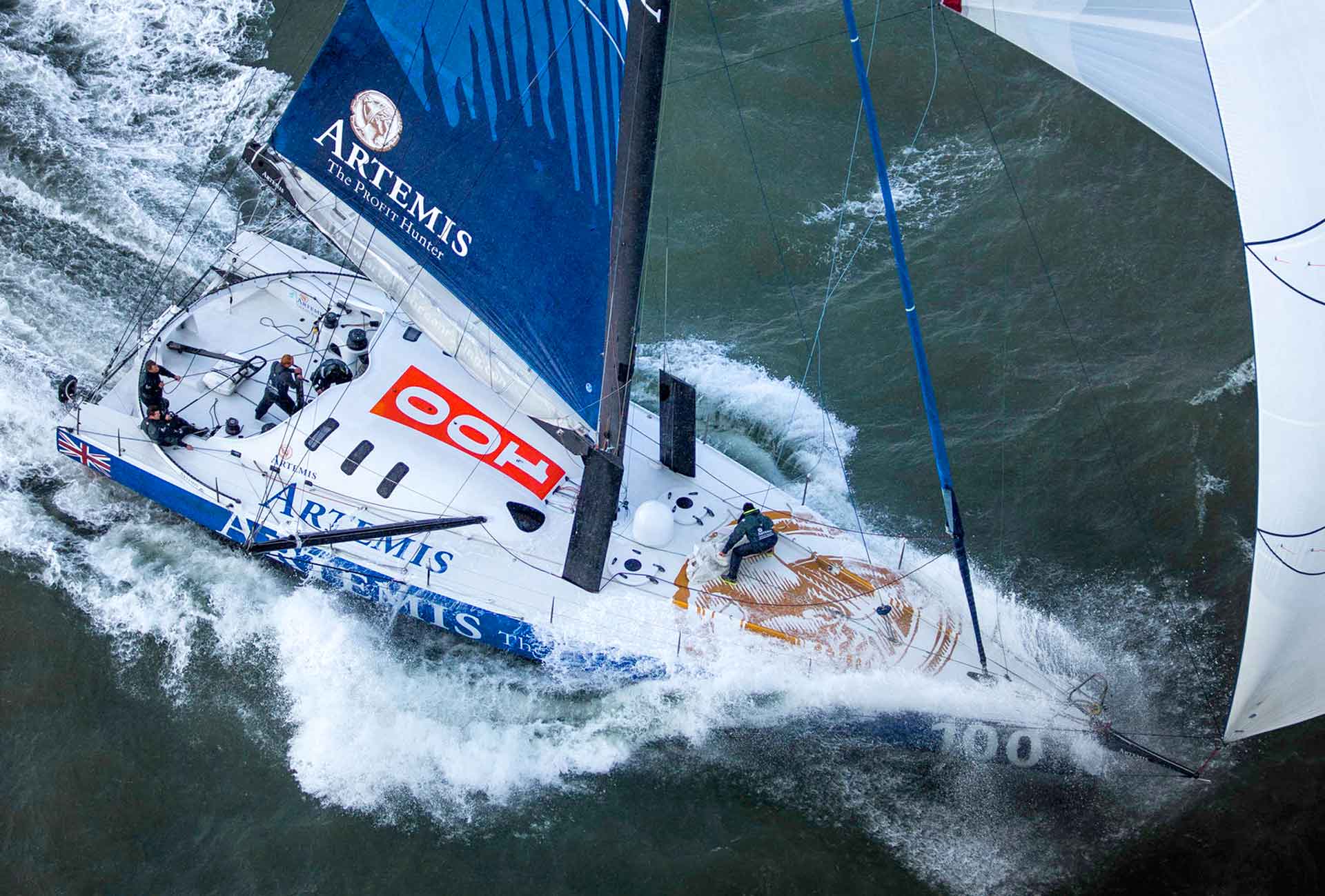
NFS.com: “What have been your first thoughts upon boarding the boat?”
Lizzy: “Obviously the winches. There are three of them onboard and they are huge. Activated with a coffee grinder, you won´t find on smaller vessels, as the loads on the sails are very heavy. A sailor must use the full strength of his body to bring them in. Everything is huge with an IMOCA 60. Requires so much energy and strength. Even just bringing a sail on deck is an extremely tiring and difficult task, requiring three people to wrestle one up on deck for example. Alternatively when sailing solo, you would have to winch the sails out of the hatch. I soon realized that I’m going to need much bigger muscles to tackle these ocean racers. On my Mini I could hoist the sails with just a few hand pulls.”
NFS.com: ”Describe the boat, maybe in regards to the ClasseMini yachts. What is special about the IMOCA?”
Lizzy: ”Surprisingly, the IMOCA 60 is actually very similar to the Mini in terms of how the boat handles on the helm; it almost feels like sailing a dinghy! Both boats have been designed to be sailed by only one person, and so the actual deck layout and system is pretty similar.”
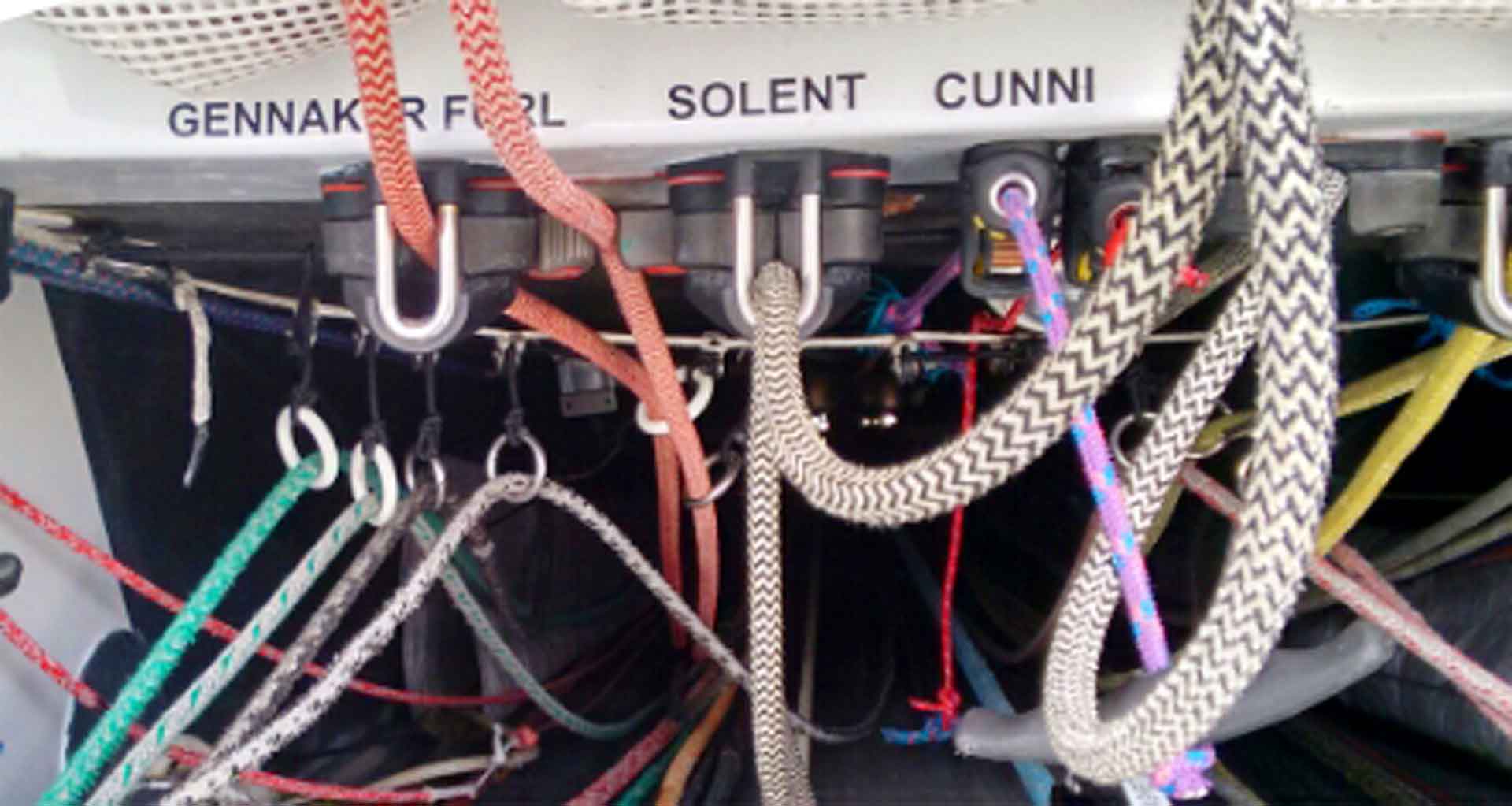
NFS.com: “I can imagine some differences between Mini boats and Open 60 …”
Lizzy: “Oh yes, there are so many: Getting to grips with the water ballast system aboard an IMOCA 60 is obviously a big task. Also, the daggerboards, the canting keel and the rotating mast was are different too. Yet, since a lot of the Prototype Minis are designed in just the same way, I would say that sailing a Prototype Mini is definitely great preparation for moving on to an IMOCA 60. Of course we don’t have the flashy navigation system on the Minis as the IMOCA 60 do. It was pretty cool to sit at the carbon table – which handily rotates so that you can always sit to windward – to use Adrena-system, a weather routing software favored by offshore racers.”
High Tech yet Unforgiving
NFS.com: ”Can you tell me more about the sailing characteristics of the IMOCA 60?”
Lizzy: ”That´s a pretty short answer: It´s just simply fast, smooth and brutally unforgiving: Just get a detail wrong and it’s a serious problem!”

NFS.com: “When sailing as part of the crew, what has been your position?”
Lizzy: “As the boat is designed to be sailed solo and the objective of the project Vendee 2020 Vision is for each of the sailors to understand how to do so, I have been able to work on different parts of the boat throughout each race. That means obviously being at the helm, the pit and on the bow. This has been really essential for me, as at the end of the season I will spend 48 hours sailing the boat solo; so I really must know what all the ropes do.”
NFS.com: ”What did you like most about the ship? What is most fascinating?”
Lizzy: ”For me it is the technical aspects in the design of the boats that I find most fascinating. For example, the rigs on the IMOCA 60s are a particularly complex system, having gone through three different designs. First we had the classic fixed mast with three levels of spreaders, followed by the wing shape mast with spreaders in the boats. Now all the latest designs of IMOCA 60 boats have a rotating wing shape mast with outriggers, as it is the case on ARTEMIS OCEAN RACING. It´s just awesome.”
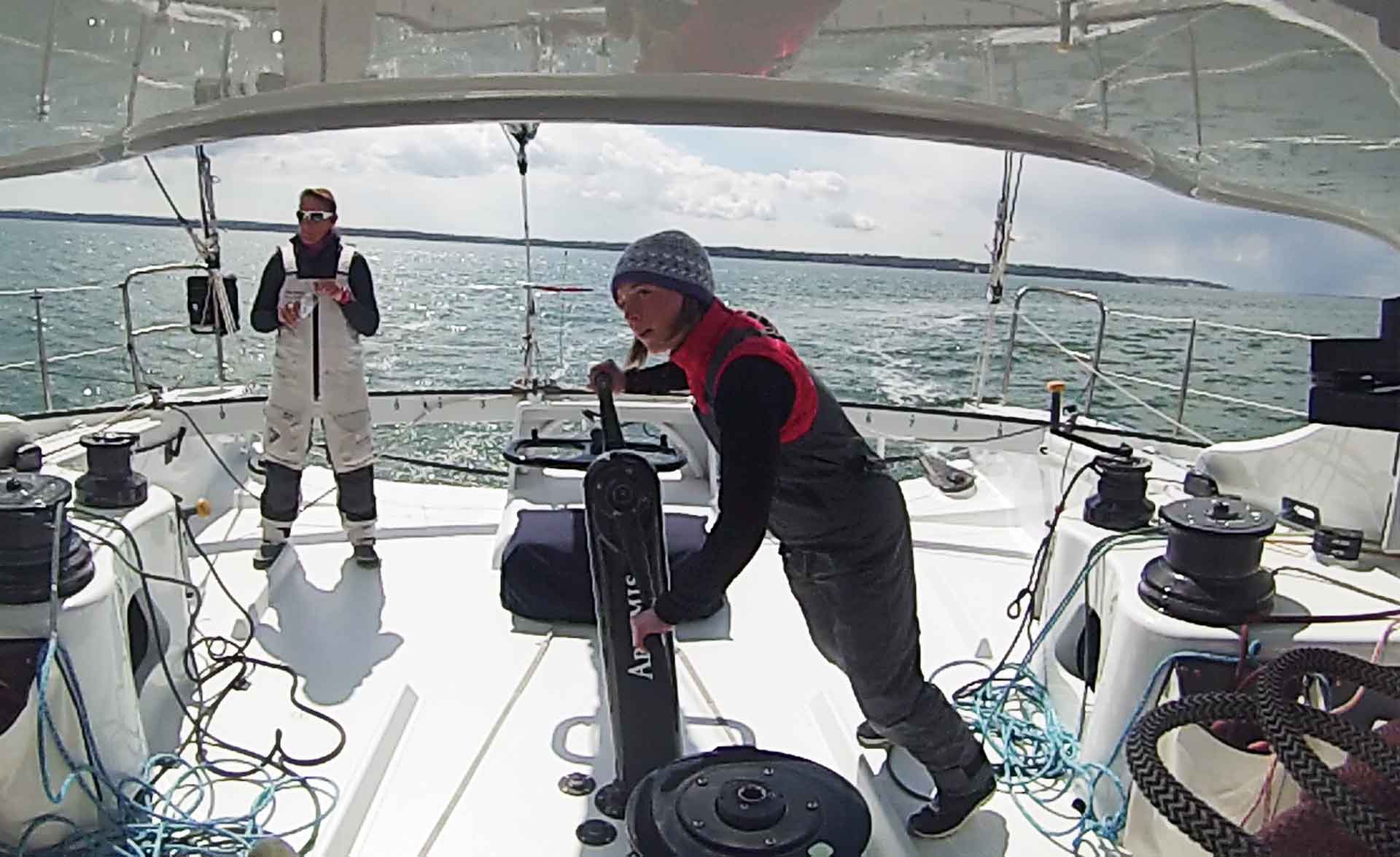
Lizzy: “A lot of research, design and development goes into the rigs: After all, it is the mast and standing rigging that suffers the most on ocean racing yachts, with breakages being the most common cause for retirement.
NFS.com: “Tell me more about the rotating mast technique.”
On Daggerboards, Rotating Masts and Outriggers
Lizzy: “The rotating wing shaped masts were introduced as they are more aerodynamic. The incoming airflow entering the main is manipulated in a way that it will be less turbulent thus allowing a bigger sail to be carried. Of course: A bigger sail means more load and so the outriggers are used to pull the shrouds away from the mast at a bigger angle. This will reduce the compression on the mast and therefore reducing the chance of a breakage. Further, the use of outriggers reduces the weight and center of gravity in the rig. Although each outrigger weighs about 50 kilogram, this weight counts as part of the hull rather than the mast. There´s more to it. The use of outriggers means the sheeting angles of the sails can be increased as the sheets are run through blocks on the outriggers, extending the wind range that the headsails and spinnakers can work in. The use of outriggers also ensures that there are fewer spars and rigging for the sails to flog against reducing the wear and tear on the sails.”
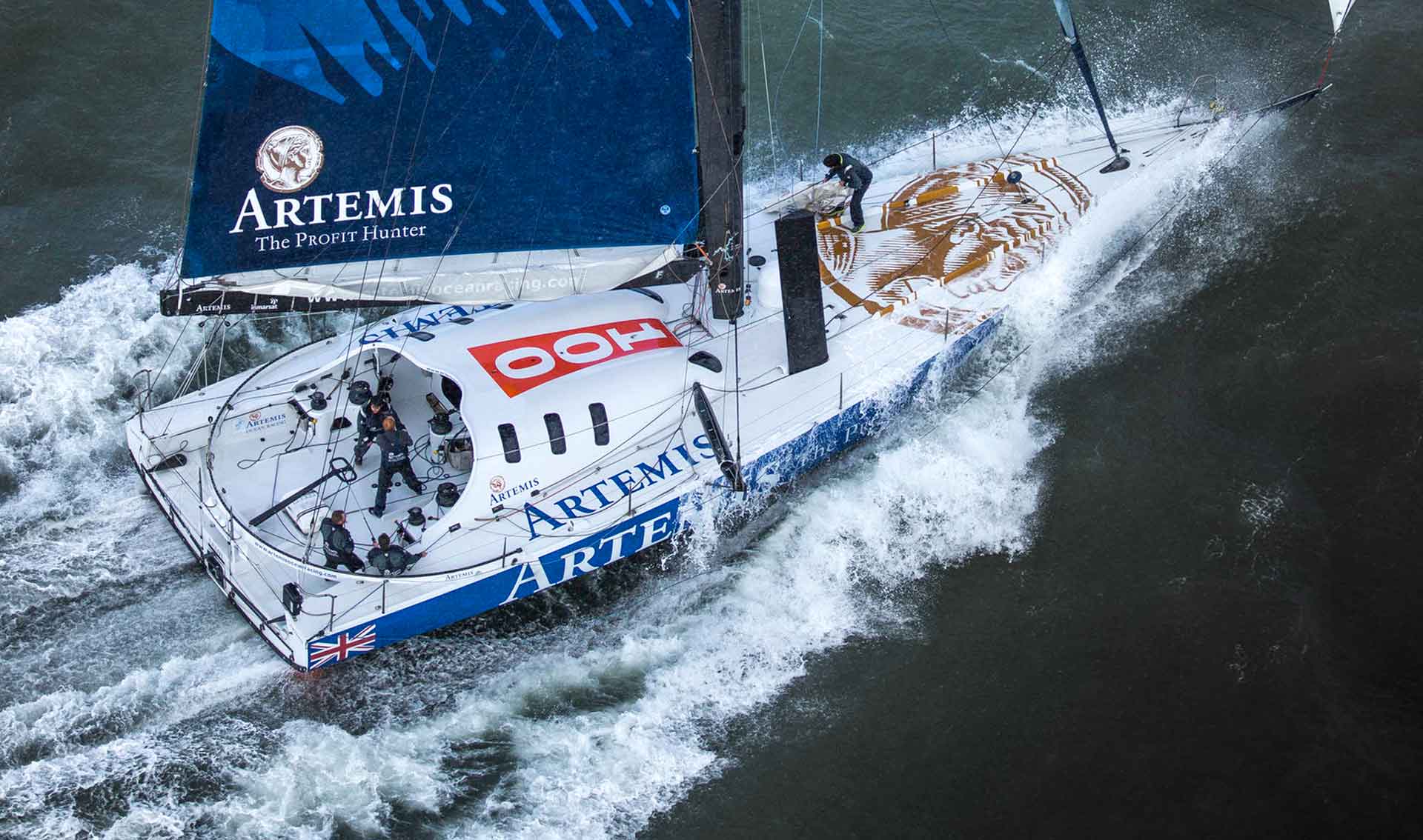
NFS.com: “Is there anything you see with mixed feelings when thinking of participating a major race onboard such a machine?”
Lizzy: “Having competed in the both the Mini Les Sables-Azores-Les Sables and the MiniTransat, I have a good understanding now of what it takes to compete in the greatest offshore races. It has fully dawned on me just how tough it is to sail – let alone race – an IMOCA 60 solo around the world. For the 2016 Vendee Globe, I have been able to follow the preparations of Alan Roura and Conrad Colman, both ex-Mini sailors: Just like in the Mini 6.50, even getting to the start line seems the greatest of achievements! To race an IMOCA 60 in a Transatlantic race or the Vendee Globe takes everything the skipper can give. And it also requires exceptionally strong support from friends and family. It can be a lonely time in the lead up to the race due to the sheer amount of preparation, to be followed by the race itself – during which time you are completely alone. For sure, racing an IMOCA 60 solo remains one of the toughest challenges a human can face.”
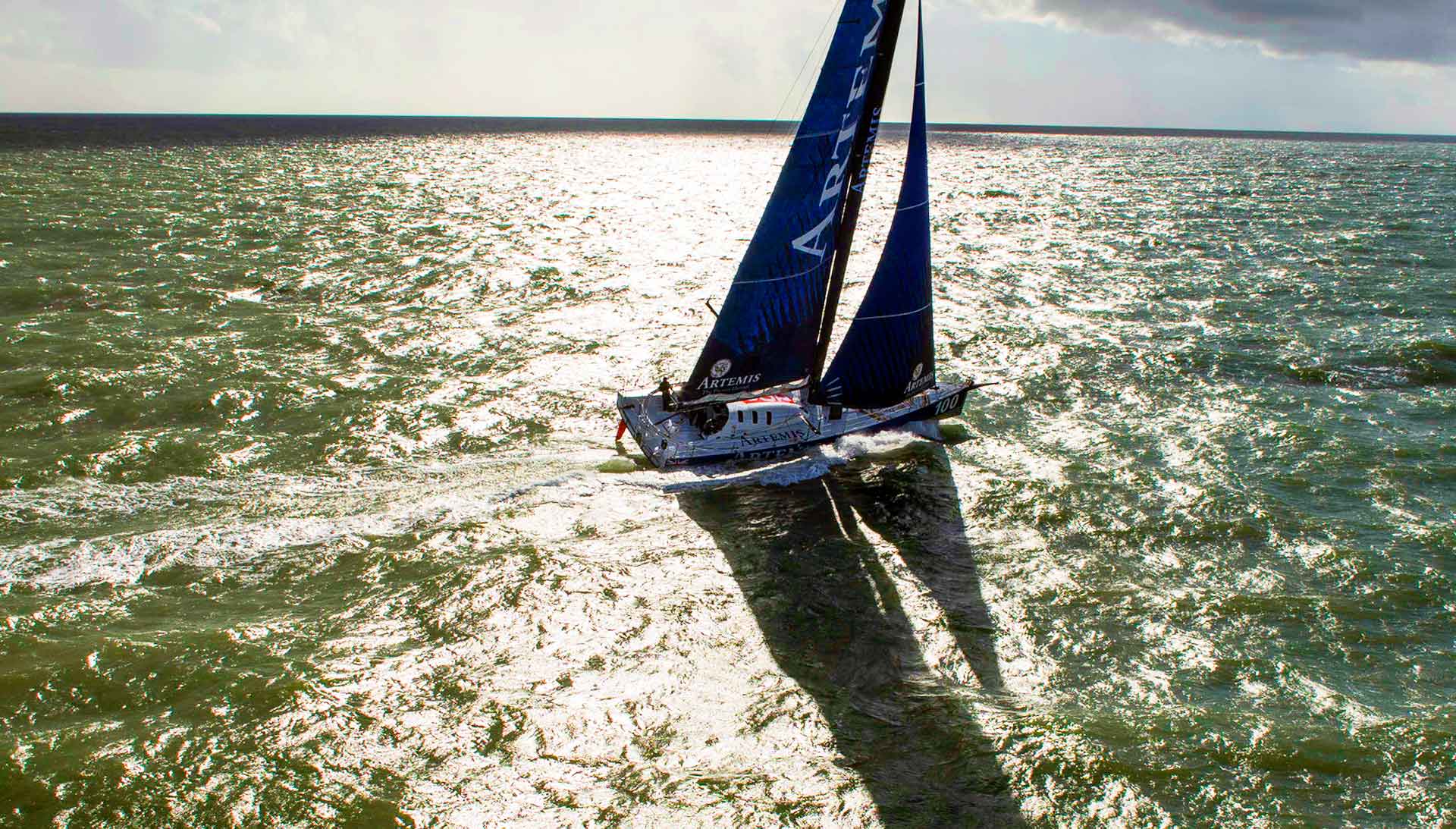
NFS.com: “In brief: What are your future plans, maybe in IMOCA-racing? And what can we expect to hear in the future from Lizzy?”
Solo Racing in the Furture
Lizzy: “After finishing the Mini Transat in November 2015 my focus has been on gaining ‘big boat’ experience on Class 40 and IMOCA 60 yachts. I have also gone back to dinghy racing, helming a twin-trapeze skiff to learn a different style of sailing as I believe competing in the two branches of the sport is the best way to further progress my skills and knowledge. There are always numerous obstacles and challenges to overcome with any sporting campaign, but I’m excited for what the future holds and determined to be back with my own campaign in the near future.”
NFS.com: “Thanks a lot again Lizzy for giving an exclusive insight in IMOCA racing. We will definitely watch this space and follow your career. Hopefully soon again with exciting news and stories. All the best for you.”
Lizzy Foreman has a website and a twitter-Channel
Here´s an interview with Alex Lang who is currently building a Classe Mini from Plywood
Here are some articles on Class 40-sailing which represent my first steps aboard a Pogo 40 racing yacht
